Enhancing Sports Injury Risk Assessment in Soccer Through Machine Learning and Training Load Analysis
ABSTRACT
Sports injuries pose significant challenges in athlete welfare and team dynamics, particularly in high-intensity sports like soccer. This study used machine learning algorithms to assess non-contact injury risk in professional male soccer players from physiological and mechanical load variables. Twenty-five professional male soccer players with a first-time, non-contact muscle injury were included in this study. Recordings of external load (speed, distance, and acceleration/deceleration data) and internal load (heart rate) were obtained during all training sessions and official matches over a 4-year period. Machine learning model training and evaluation features were calculated for each of nine different metrics for a 28-day period prior to the injury and an equal-length baseline epoch. The acute surge in the values of each workload metric was quantified by the deviation of maximum values from the average, while the variations of cumulative workload over the last four weeks preceding injury were also calculated. Seven features were selected by the model as prominent estimators of injury incidence. Three of the features concerned acute load deviations (number of sprints, training load score-incorporating heart rate and muscle load- and time of heart rate at the 90-100% of maximum). The four cumulative load features were (total distance, high speed and sprint running distance and training load score). The accuracy of the muscle injury risk assessment model was 0.78, with a sensitivity of 0.73 and specificity of 0.85. Our model achieved high performance in injury risk detection using a limited number of training load variables. The inclusion, for the first time, of heart rate related variables in an injury risk assessment model highlights the importance of physiological overload as a contributor to muscle injuries in soccer. By identifying the important parameters, coaches may prevent muscle injuries by controlling surges of training load during training and competition.
